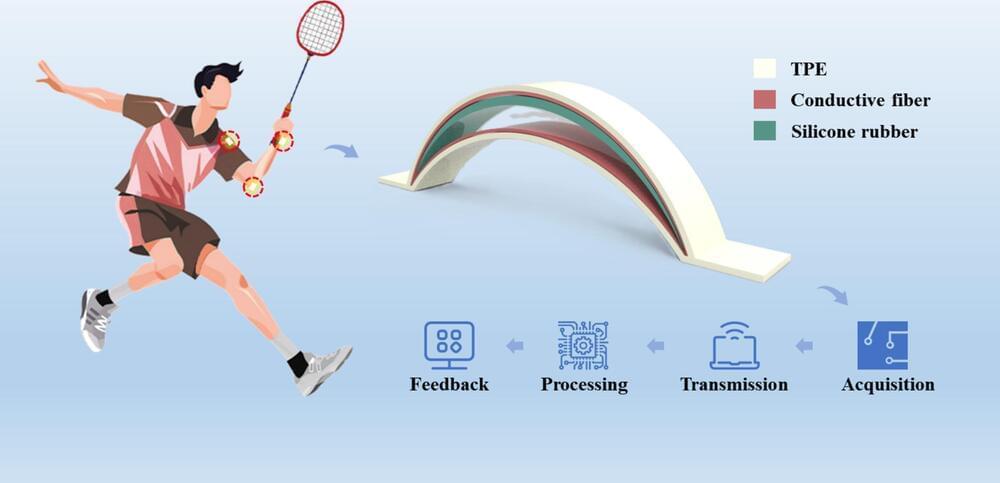Ever since sharing Ned Block’s talk on it, phenomenal consciousness has been on my mind. This week, I decided I needed to go back to the main spokesperson for the issue of subjective experience, David Chalmers, and his seminal paper Facing Up to the Problem of Consciousness.
I have to admit I’ve skimmed this paper numerous times, but always struggled after the main thesis. This time I soldiered on in a more focused manner, and was surprised by how much I agreed with him on many points.
Chalmers starts off by acknowledging the scientifically approachable aspects of the problem.








